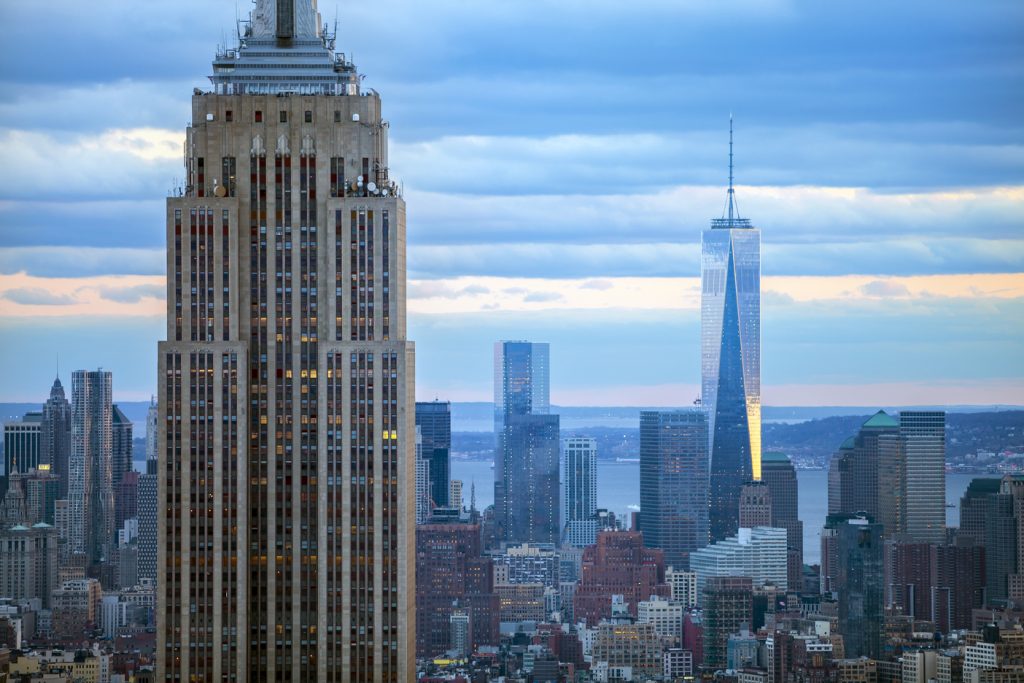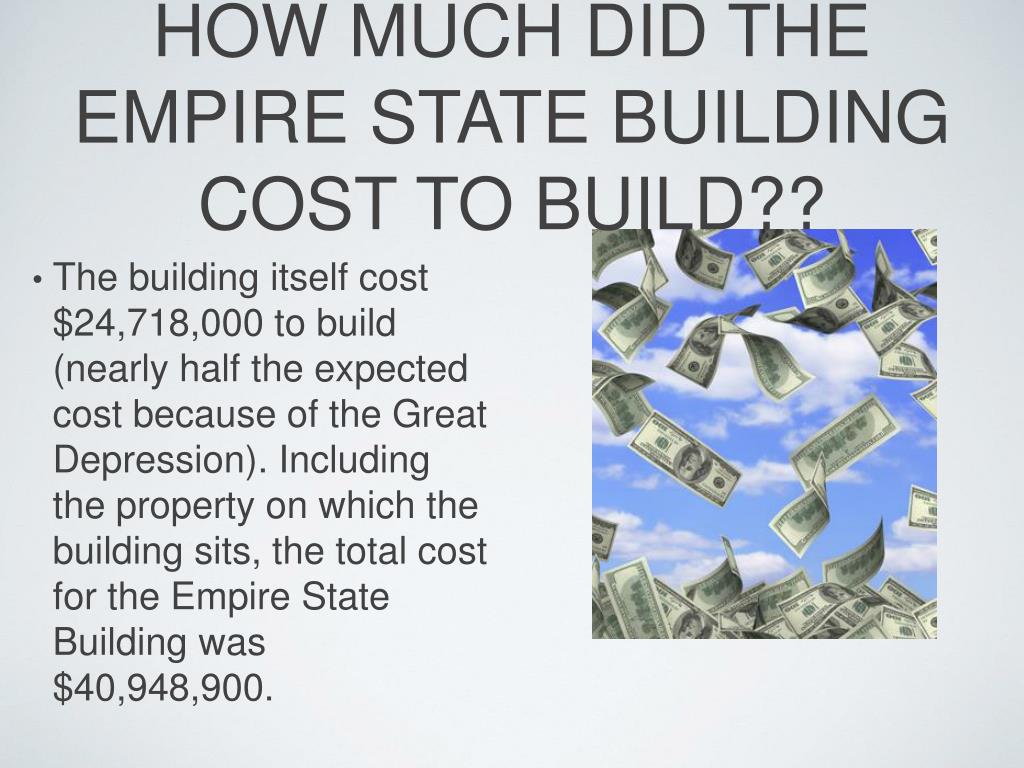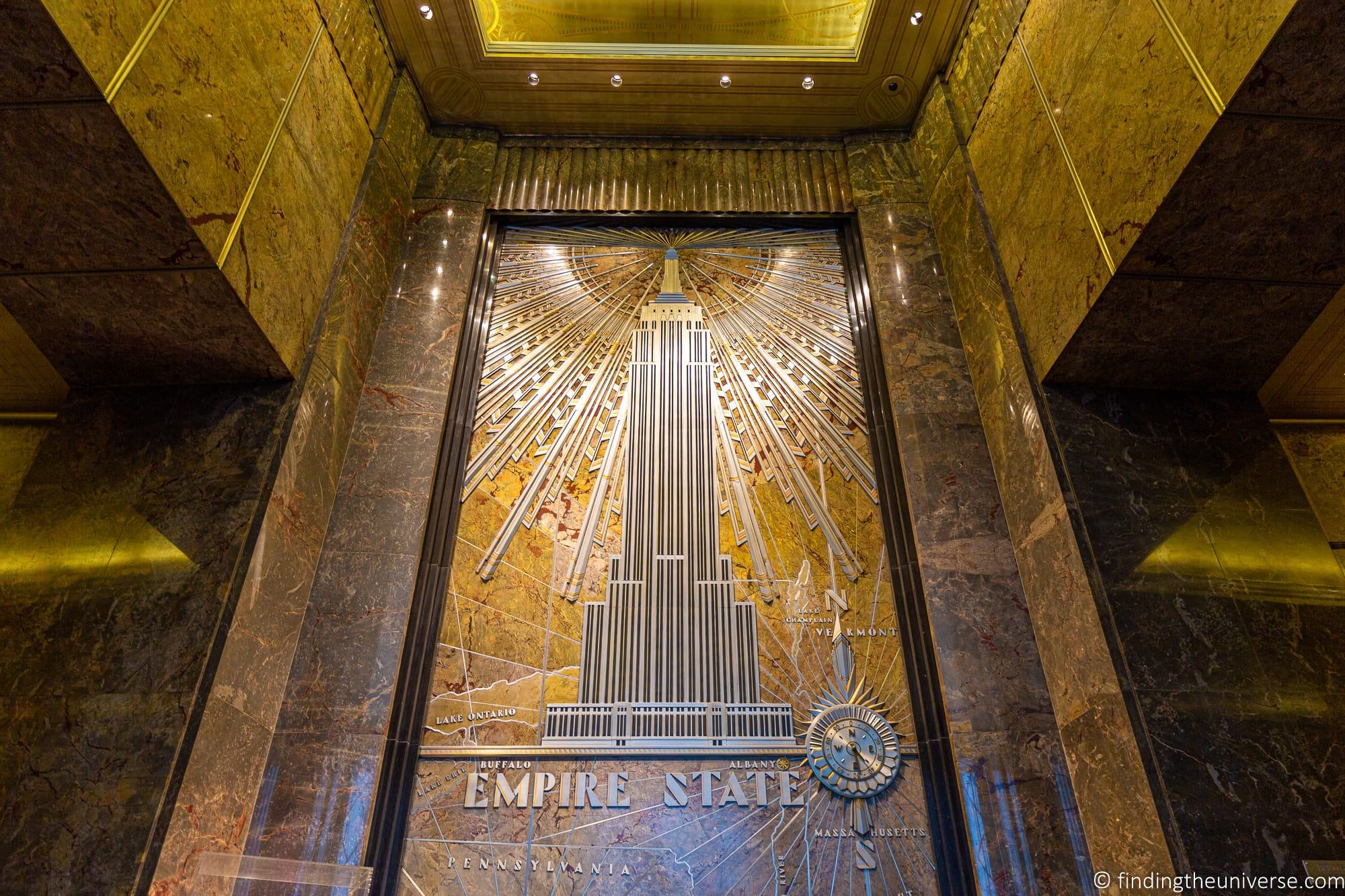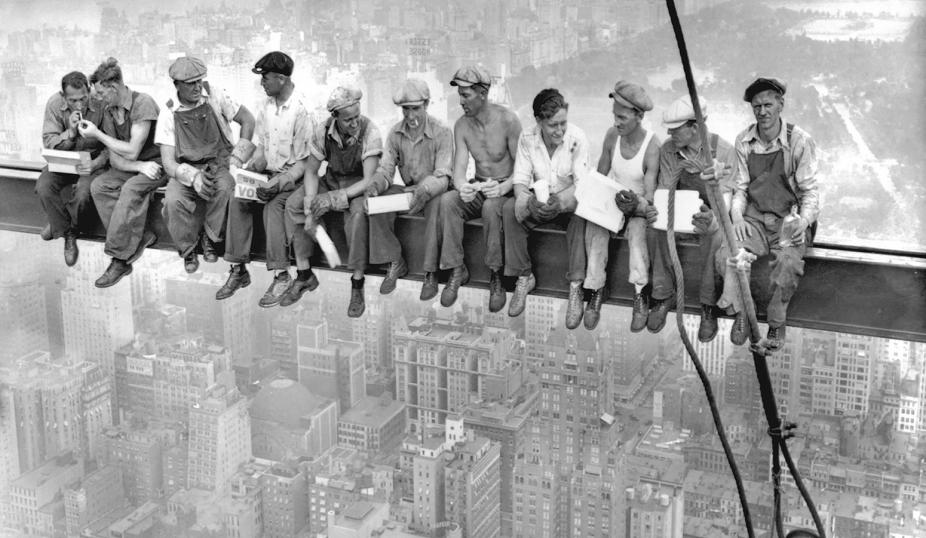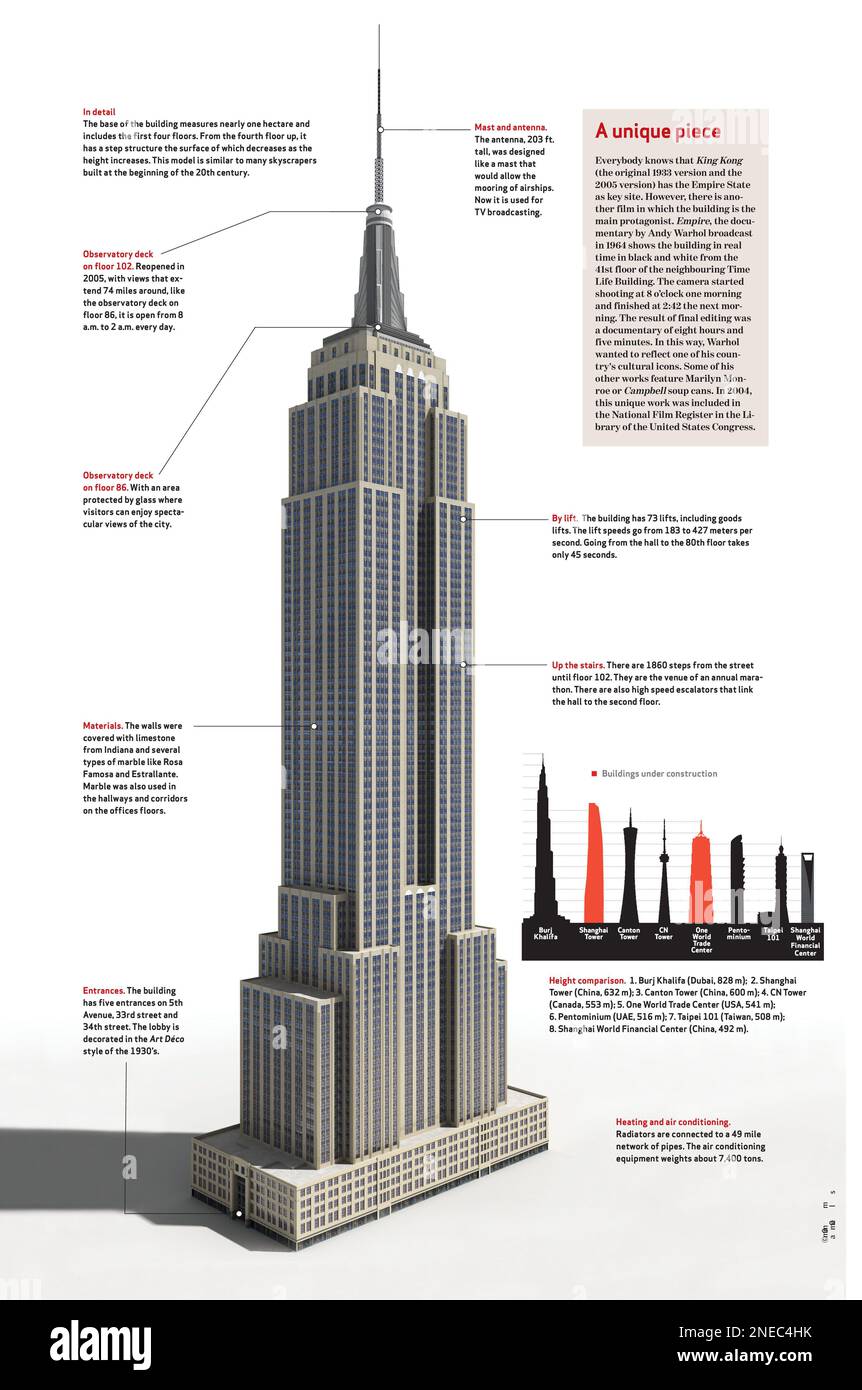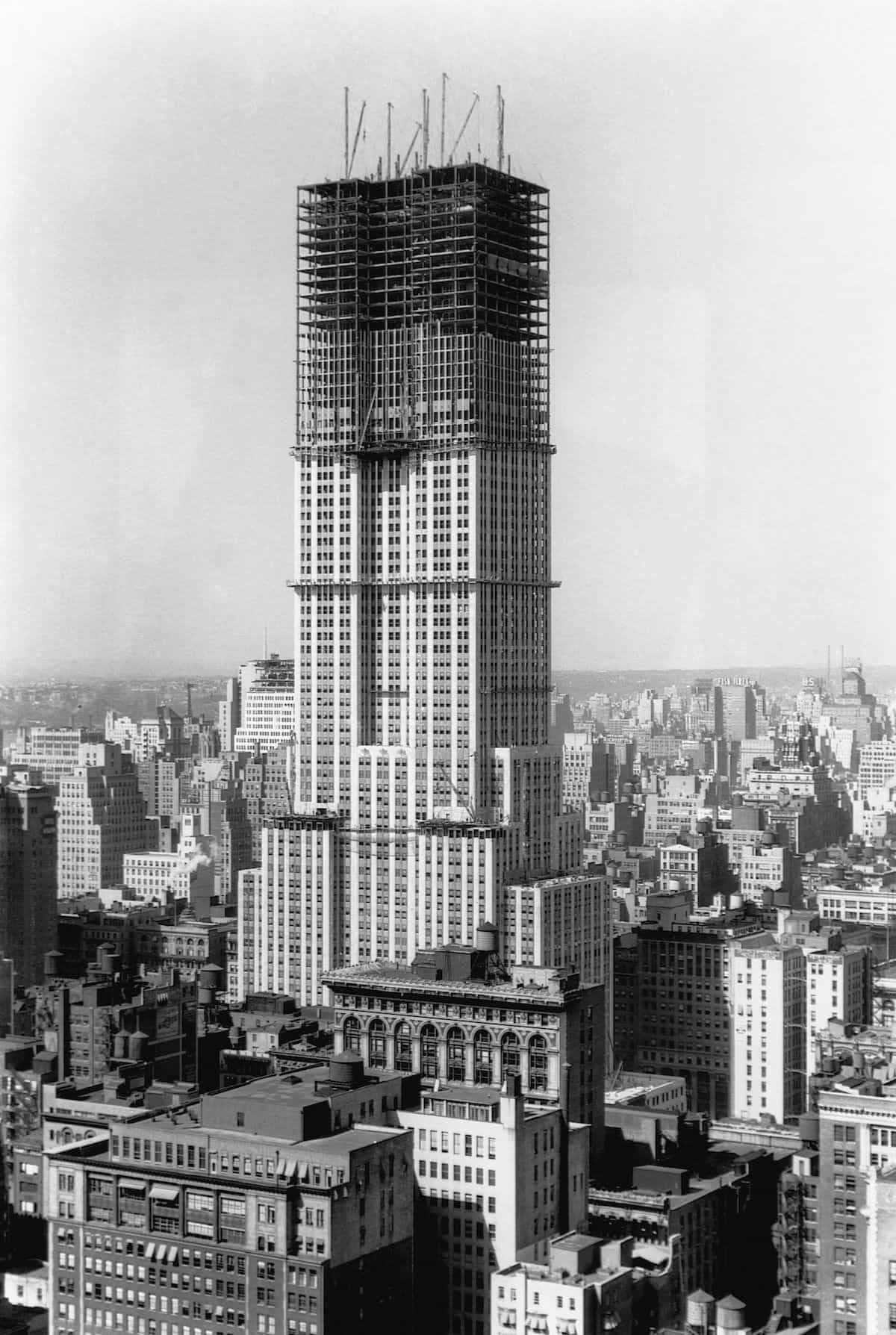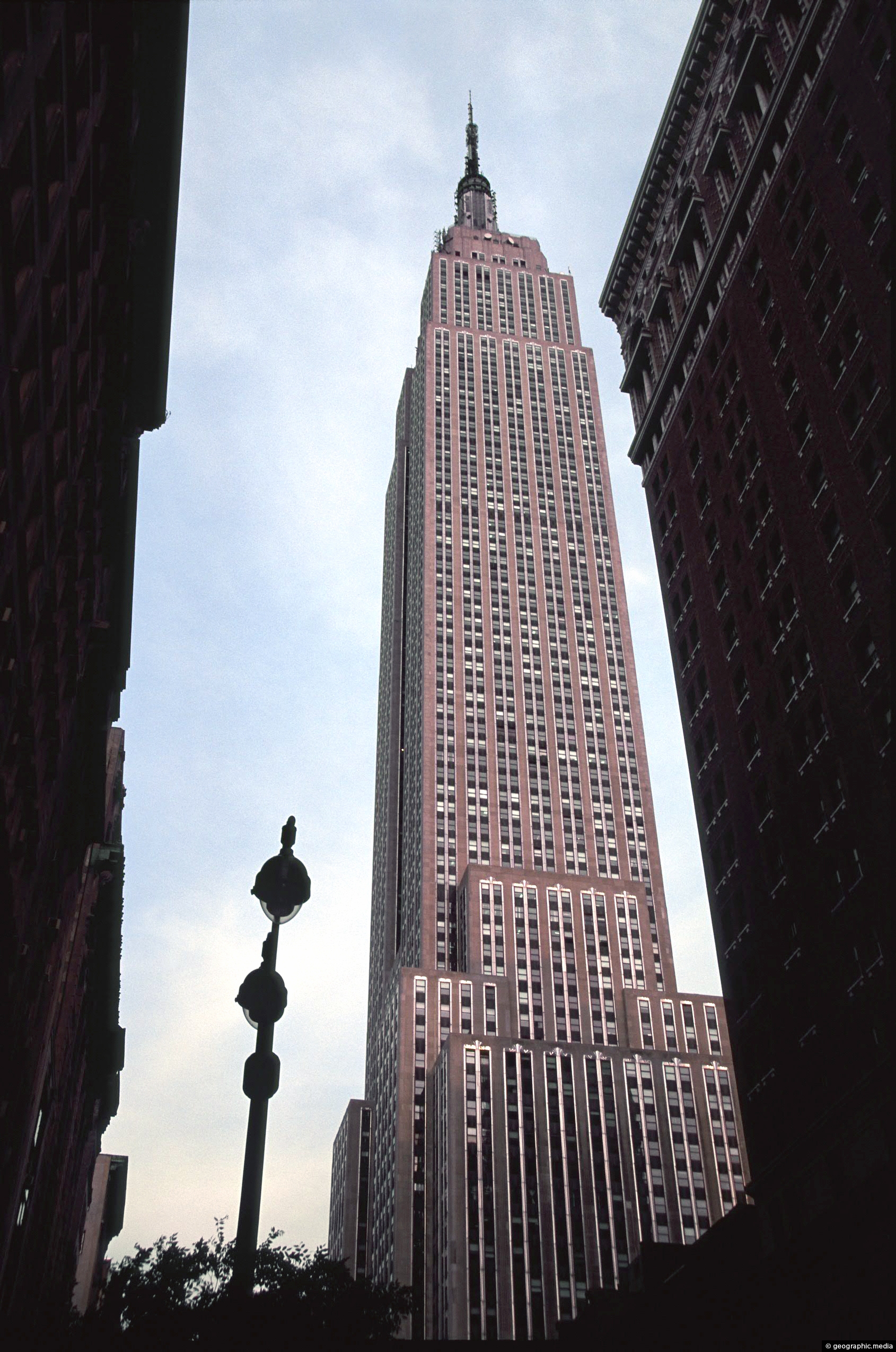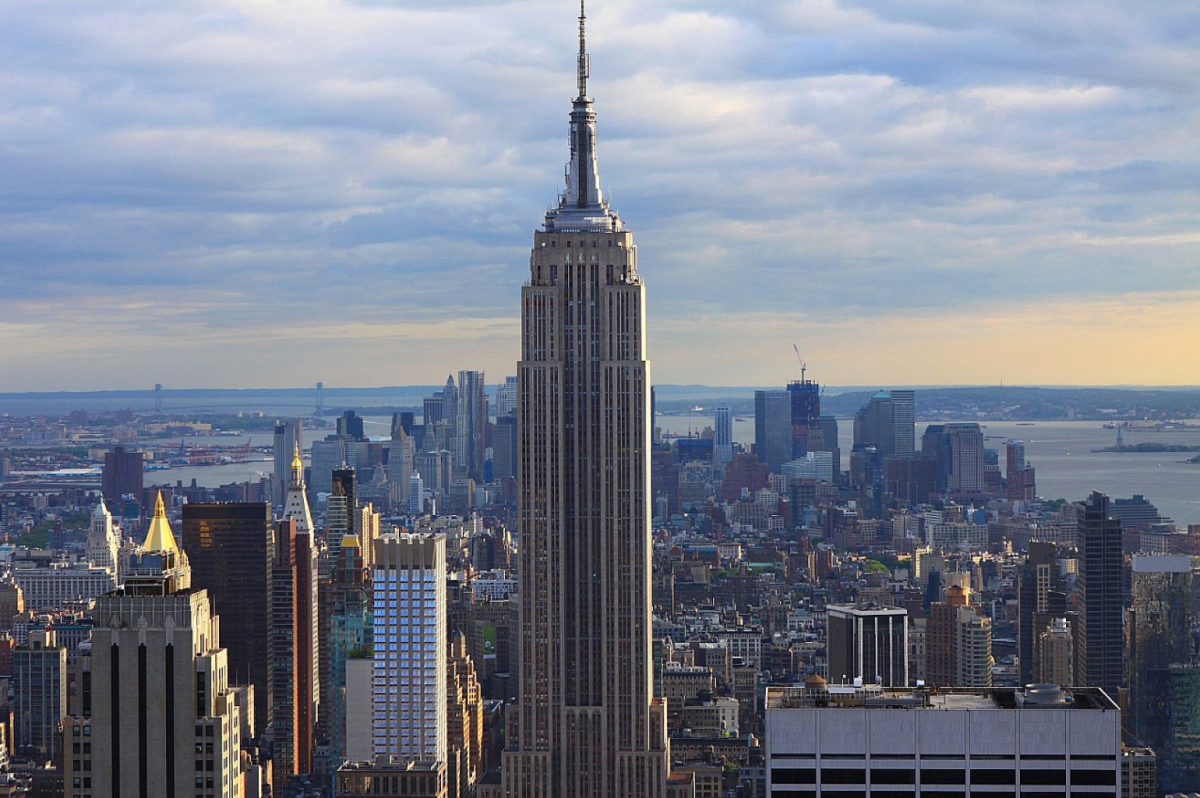How Much Did The Empire State Building Cost
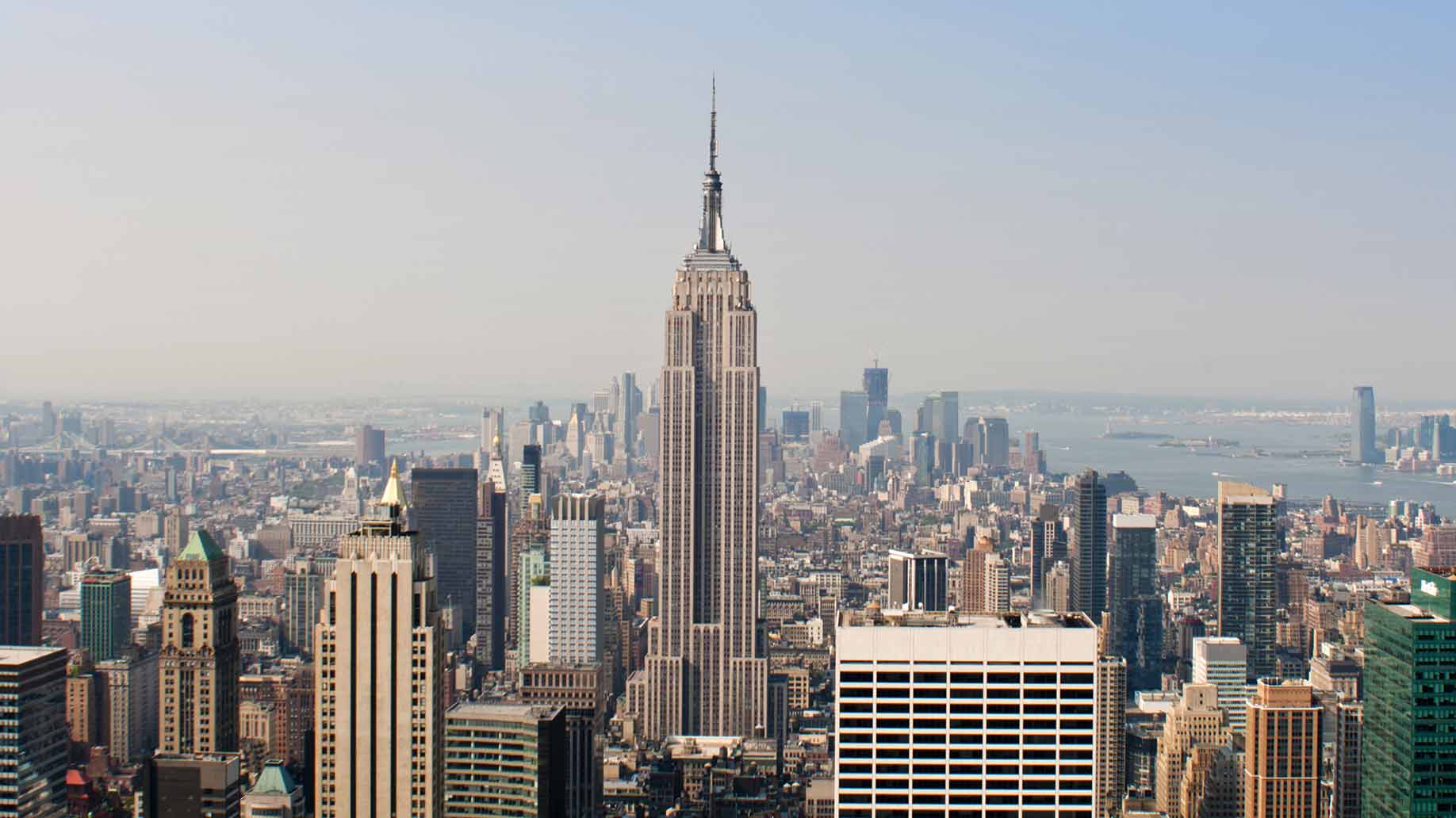
The Empire State Building, an iconic symbol of New York City and a testament to human ingenuity, remains a subject of fascination nearly a century after its completion. While its cultural significance is undeniable, a question often arises: how much did this architectural marvel actually cost to build?
Determining the precise cost of the Empire State Building requires delving into historical records and accounting for factors beyond the initial construction expenses. Understanding this figure provides insight into the economic climate of the 1930s, the efficiency of construction practices at the time, and the sheer scale of the undertaking. This article explores the documented costs associated with the building's creation, offering a glimpse into the financial investment behind this enduring landmark.
Construction of the Empire State Building began on March 17, 1930, and was remarkably completed in just over a year, officially opening on May 1, 1931. This rapid construction was a significant feat, particularly given the building's size and complexity. The entire project, spearheaded by Starrett Brothers and Eken, was a testament to the organizational capabilities and technological advancements of the era.
The Initial Construction Cost
The commonly cited figure for the Empire State Building's initial construction cost is approximately $40.9 million. This figure, however, requires some context to fully appreciate its value. Taking into account the inflation, $40.9 million in 1931 equates to over $700 million today.
This figure is the headline number, but the actual expenses were far more nuanced. It encompassed not only the raw materials like steel, concrete, and limestone but also labor costs, design fees, and land acquisition.
The land, previously the site of the Waldorf-Astoria Hotel, was a significant initial investment. While specific details of the land acquisition cost are not always separated clearly from the overall project budget, it undoubtedly contributed substantially to the total expenditure.
Factors Influencing the Cost
Several factors contributed to the final cost of the Empire State Building, and some surprisingly helped to keep it down. The Great Depression, which began in 1929, significantly impacted labor and material costs. The economic downturn resulted in lower prices for materials and readily available labor, ultimately reducing the overall expenses.
Efficient construction practices also played a crucial role in controlling costs. Starrett Brothers and Eken were known for their streamlined project management and innovative techniques, which allowed them to complete the project ahead of schedule and under budget.
The use of pre-fabricated components and a well-organized workforce further optimized the construction process. This efficiency not only saved time but also minimized potential waste and errors, contributing to cost savings.
Beyond Construction: Additional Investments
The $40.9 million figure primarily covers the core construction of the Empire State Building. It does not account for ongoing maintenance, renovations, and upgrades undertaken throughout its history. These additional investments represent a substantial financial commitment over the decades.
For example, significant renovations have been made to modernize the building's infrastructure, including elevator systems, electrical wiring, and climate control systems. These updates are essential to maintain the building's functionality and appeal to tenants.
Furthermore, investments in security and safety measures have been crucial, particularly in the post-9/11 era. Upgrades to security systems and emergency response protocols have added to the ongoing operational costs.
The Empire State Building Today
Today, the Empire State Building is much more than just a building; it's a business. The building generates revenue through office rentals, tourism, and broadcast antennas on its mast. Understanding its cost becomes relevant when considering its overall economic value.
The building has undergone significant energy-efficient upgrades in recent years, part of its larger contribution to environmental sustainability. These investments, while adding to the cost, are also anticipated to yield long-term savings on energy consumption and align with environmental goals.
Beyond its financial value, the Empire State Building retains its intrinsic worth as a symbol of American ambition, engineering prowess, and the enduring spirit of New York City.
Conclusion
In conclusion, the Empire State Building cost approximately $40.9 million to construct in the 1930s, a figure influenced by factors such as the Great Depression and efficient construction management. The actual cost of the building includes the ongoing maintenance, upgrades, and operational expenses incurred over the years.
Understanding the initial and ongoing costs associated with the Empire State Building provides a valuable perspective on the scale of this iconic landmark. It offers insight into the economic conditions of the time and the enduring financial commitment required to maintain such a prominent structure.
The Empire State Building is more than just a building; it's a monument to human achievement and a lasting testament to the vision and ingenuity of its creators. Its story, including the financial investment it represents, continues to captivate and inspire.



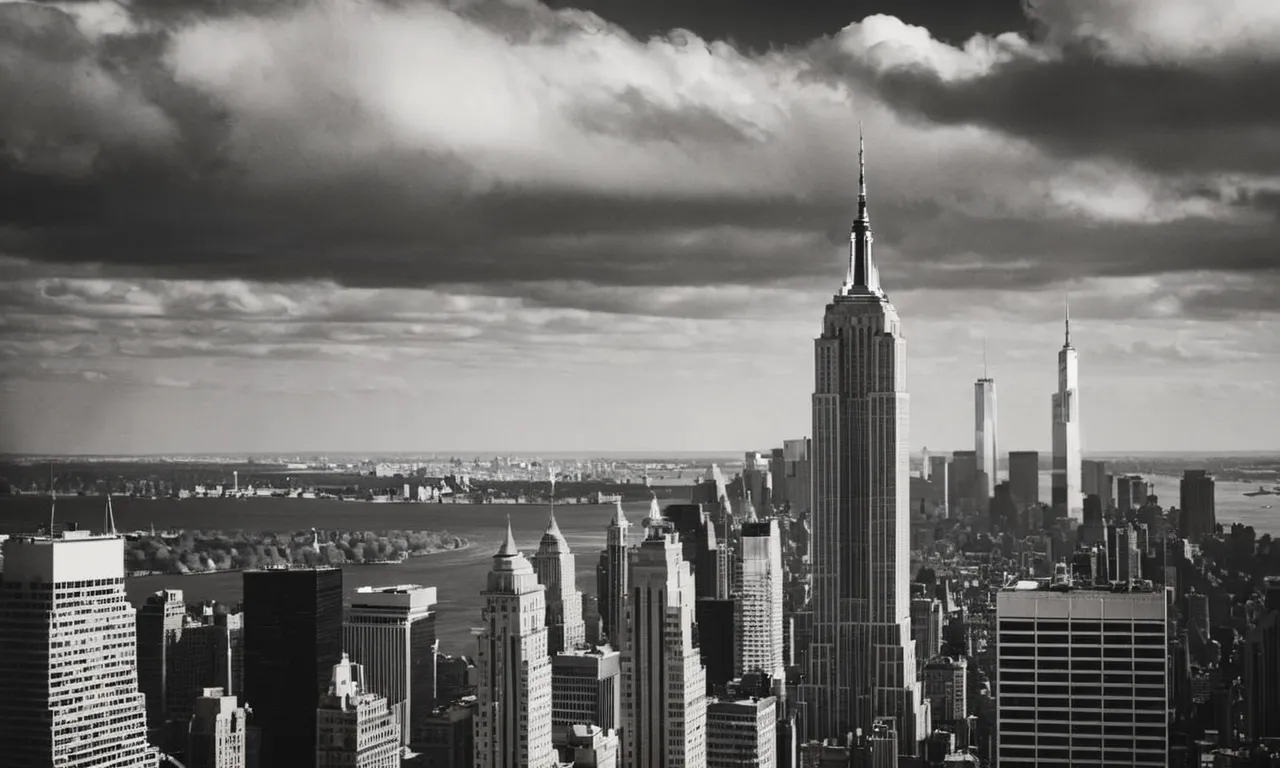
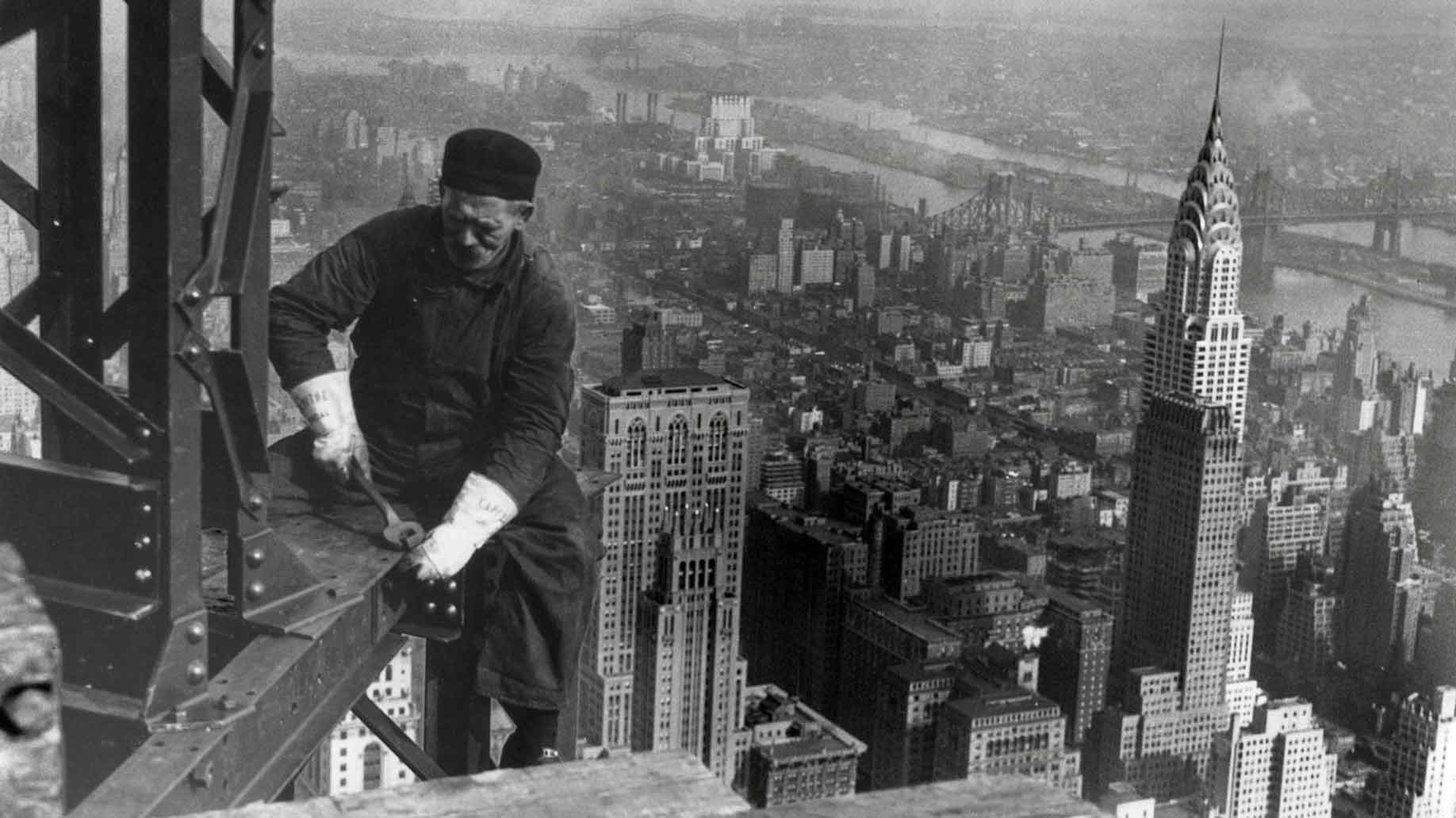
.jpg)

